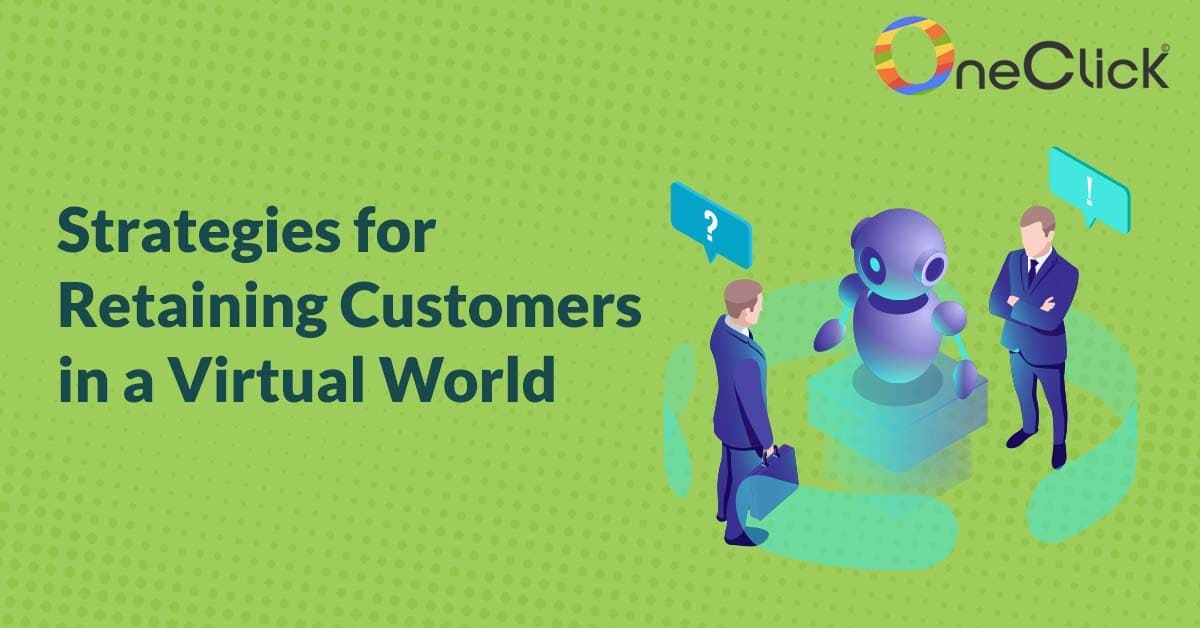
Want to convert your disputing customers into brand advocates? Follow these 5 digital CX hacks
Introduction
“Your customers want an experience that is fast and convenient” – (Krisztian Tabori, head of global brand design and co-founder of Dixa)
In today’s hyper-competitive world, marketers around the globe have adopted numerous visualization and intelligent analysis techniques to boost their customer experience on their platforms. With correct and optimal segregation of customer needs, an organization can streamline their data flow, design construction, and marketing channels for improved customer engagement.
“While only 8% of customers today feel they receive a stellar customer experience, 80% of CEOs today feel their customers have exquisite interactions with their brand.”
Despite the abundant availability of marketing tools, companies still lack the answers to a fundamental understanding of the niche of their product or service and how they can resolve a problem in customer’s life by availing their product to them.
Due to unrealistic expectations from customers, organizations fail to distinguish themselves from their competitors, availing the same product or service. To stand out from the competition, a brand has to understand customer sentiment and resolve present issues that customers face in selecting a cost-effective response during their customer journey.

Fig.1: Brand Presence Timeline
Understanding Customer Disputes
Customers are users of products or services, and they face many problems navigating the complex content structure availed by an organization. While performing an action in the customer journey on a digital platform, it is viable to provide easy-to-use functions for a seamless customer experience.
“83% of shoppers would exchange data for a more personalized experience.” – (Source: Accenture)

Fig. 2: Additional Capital Expenditure vs Response Time – (Source: superoffice)
When a dispute is raised by a customer, problems are pointed out that are user-centric. Treating a customer individually and resolving their issues, boosts customer retention and enhances brand loyalty. By providing online dispute forms, companies allow users to conveniently change something that they don’t prefer.
For example, a dispute related to product purchase or data inaccuracy raises a question about the framework of the platform. To resolve such an issue, events occurring in customers’ journey help to identify key malfunctioning aspects such as evaluation of generated order details and faulty information relay. It helps to check with the concerned department responsible for it and resolve the issue quickly.
How brand advocacy transforms brands?
“Over 90% of consumers trust Word-of-Mouth (WOM) marketing recommendations over any other type of marketing.” – (Source: Neilsen)

Fig. 3: Reasons of Customer Abandonment – (Source: superoffice)
Converting disputing customers into brand advocates is a two-edged sword and should be handled with caution. Despite the result of a query resolution, customer satisfaction plays a vital role in shaping customer opinion. So, in other words, if a customer is dissatisfied even with a correct solution, they might not stay with the brand and switch to one of the competitors.
One of the main goals of query resolution should be brand advocacy by customers. Through it, brands can improve results at individual stages of the customer journey, including:
- Brand awareness
- Website Traffic
- Product sales
- Social media influence
- Inbound inquiries
- Lead generation
“With brand advocacy, about 650% ROI for every dollar spent is recorded for an average brand” – (Source: Tomoson)
Advocacy marketing helps to promote your brand via social media, customer reviews, and word-of-mouth marketing. Brand advocates are invaluable brand assets as they are lazy but well-versed in preferred brands and products. Contribution by customers generates a natural dialogue circulating the brand, advocating product information for quality leads and potential customers.
Brands should invest in field research for their products or services to identify the best customer advocates in an easier and more systematic order. With Net Promoter Score (NPS) surveys, brands can get an answer to a simple question: How much do you like the product to advocate for it or recommend it to someone? Through appropriate customer response, the following score sheet evaluates the advocacy level of the customer:
- 0-6: Customers who are unsatisfied and likely to spread negative advertisements.
- 7-8: Customers who are passive, neither promoting nor harming the brand reputation.
- 9-10: Customers who are satisfied and actively promote the product in use by WOM.
To structure a successful advocate marketing strategy, remember to:
- Create a working and efficient product for seamless experience
Despite hefty marketing strategies, if your product is non-functional or has issues that disrupt customer experience, then consumers won’t advocate your product or service. From purchase to delivery, a brand should initiate customer interaction by contributing to every stage of the customer journey for an unforgettable experience.
- Prioritize Customer Needs
Building a culture that prioritizes customers should be the aim of an organization for effective brand reciprocity and brand loyalty. Taking constant feedback from the consumers or responding to consumers creates a natural sense of dialogue with the company. Add informational content such as FAQs, product details, company policies, and more to keep them updated about your services.
- Ease Customer Advocacy and Be Persistent
“92% of global consuers trust user-generated content more than advertising.” (Source: slideshare)
Allow consumers to share purchase experience or service information to social platforms like Facebook, Twitter, and Instagram or conversational platforms like WhatsApp, WeChat or Line. Turning customers into brand advocates is simple but requires continuous efforts by the brand to stay on top of problem points in the customer journey.
- Spread Awareness through Advocates
“48% of customers who had negative experiences with a company told 10 or more people.” (Source: Harvard Business Review)
Create campaigns to identify user-generated content (UGC) to record customer engagement metrics. Keep a check on your campaign engagement via Net Promoter Score (NPS) survey to analyse the loyalty of your customers.
What is Digital Customer Experience?
Digital CX is the count of total online interactions of customers with a brand. There are various ways to interact with a customer, such as a website, mobile app, social media, email, and live chat. They play a crucial role in gathering customer queries or essential feedback offered by willing customers.

Fig. 4: Consumer Interest in Digital Engagement
Digital CX Hacks for 2023
- Optimize customer experience via Omni-channel
While searching for a product or service to purchase, customers engage in multiple ways before selecting a preferred channel for brand interaction. These platforms are built to deliver similar information but the interface is different for each.
“Over 90% of the global population use a mobile device to go online” – (Source: Statista)
Creating an omnichannel CX ensures seamless information flow between different channels. Hence, allowing customers to navigate the brand content without interruptions.
- Embed Artificial Intelligence
With constant improvements in AI technology, companies can automate their workflow with personalized programmable inputs to boost customer engagement, minimise operational costs and human intervention, and increase robust problem-solving. It is the most useful tool to address and fulfil customer sentiment.
- Chatbots and Self-service Knowledge base
“75% of inquiries will be resolved by chatbots in 2022” – (Source: Juniper Research)
The integration of chatbot technology has allowed businesses to answer pre-determined customer actions without human intervention. It saves capital for a company which pays for customer service agents for basic problem resolution or lead generation.
A self-service Knowledge Base is a shortcut to problem assessment, earlier supplemented by peers or a call centre agent. Including relevant content, such as FAQs, helps the customer service team to streamline work and assess important queries that are more problematic for consumers. Automation of self-operating processes saves time and resources.
- Adopt Analytics
Collecting information related to customer interaction with the website, mobile application, social media, and digital advertisement allows businesses to evaluate product success among a set of targeted audiences.
With online tools such as Google Analytics and SEM Rush, an organization can monitor customer journeys and identify friction points. It helps in refining digital CX strategy for quality customer experience.
- Highlight Data Security and Privacy
By collecting user data, companies function better as it supports analytic tools and marketing strategies to project future marketing campaigns. But to misuse customer data by sharing with unknown third-party sources reduces brand authority and credibility.
With day-to-day online data breaches, internet users are constantly cautious about sharing details with any website. It harms a brand as customer feedback is the backbone of future improvements.
Make sure your brand is up to date with the latest privacy laws and regulations for effective and uninterrupted engagement with your customers.
Conclusion:
Throughout the customer journey, brands create and destroy advocates according to the current trend that defines the market. Brands should invest in continual advocacy of their products or services through influencers who are relevant and popular to the targeted audiences through effective brand advocacy strategy, identifying brand advocates, and incentivizing user-generated content to enhance brand loyalty.




